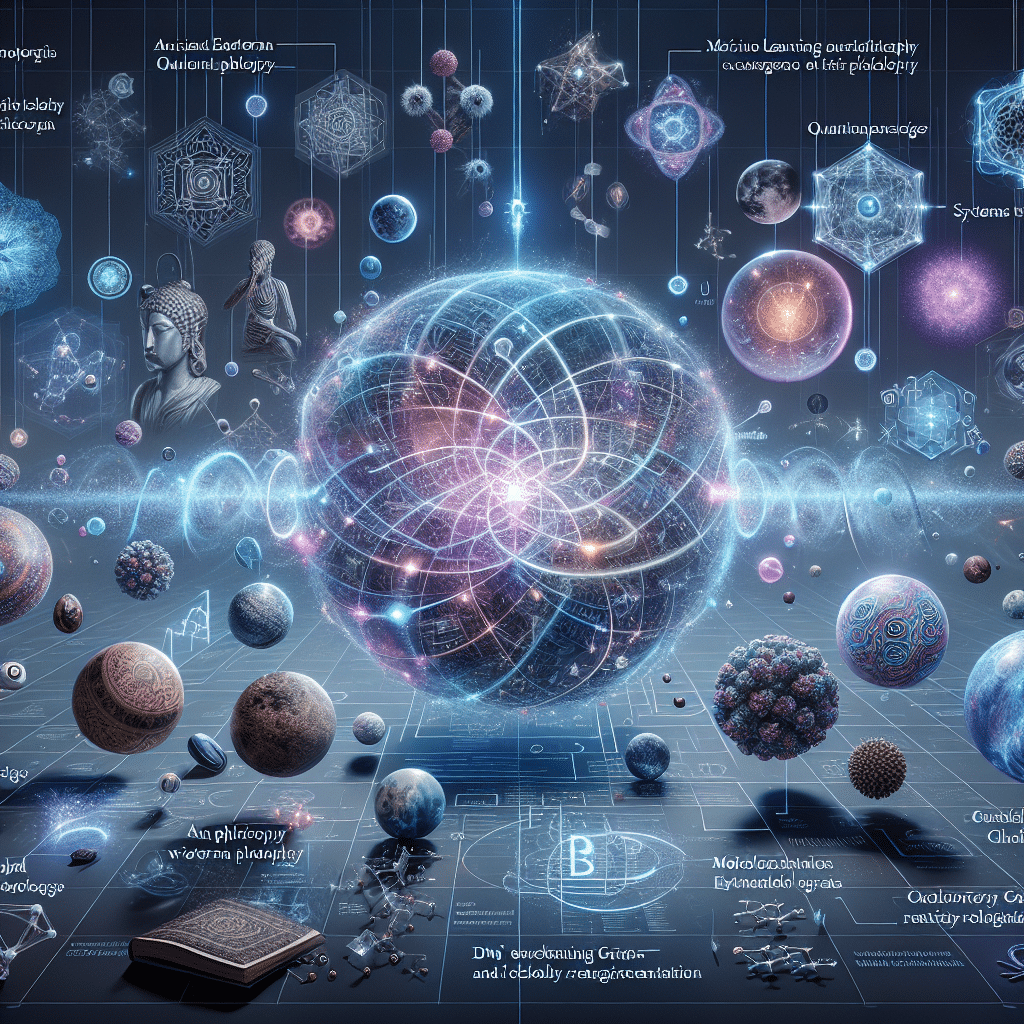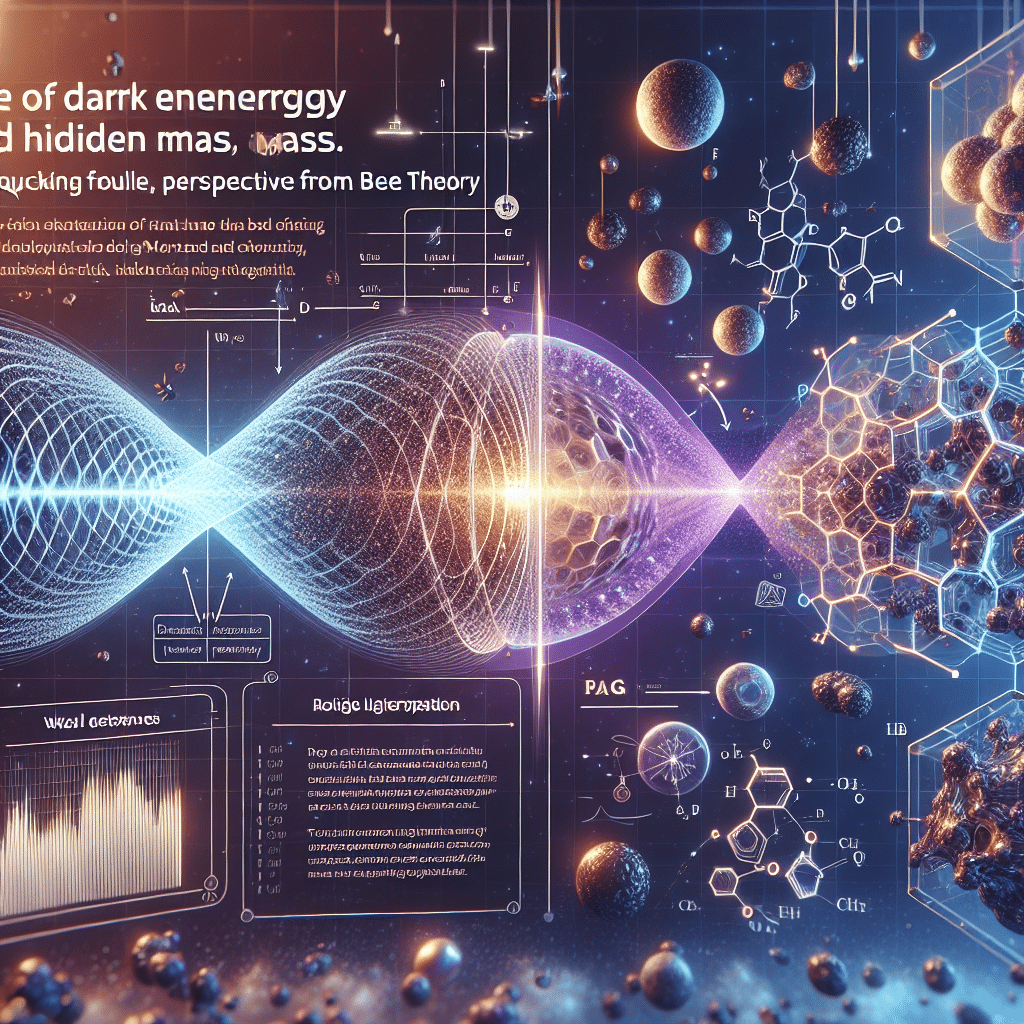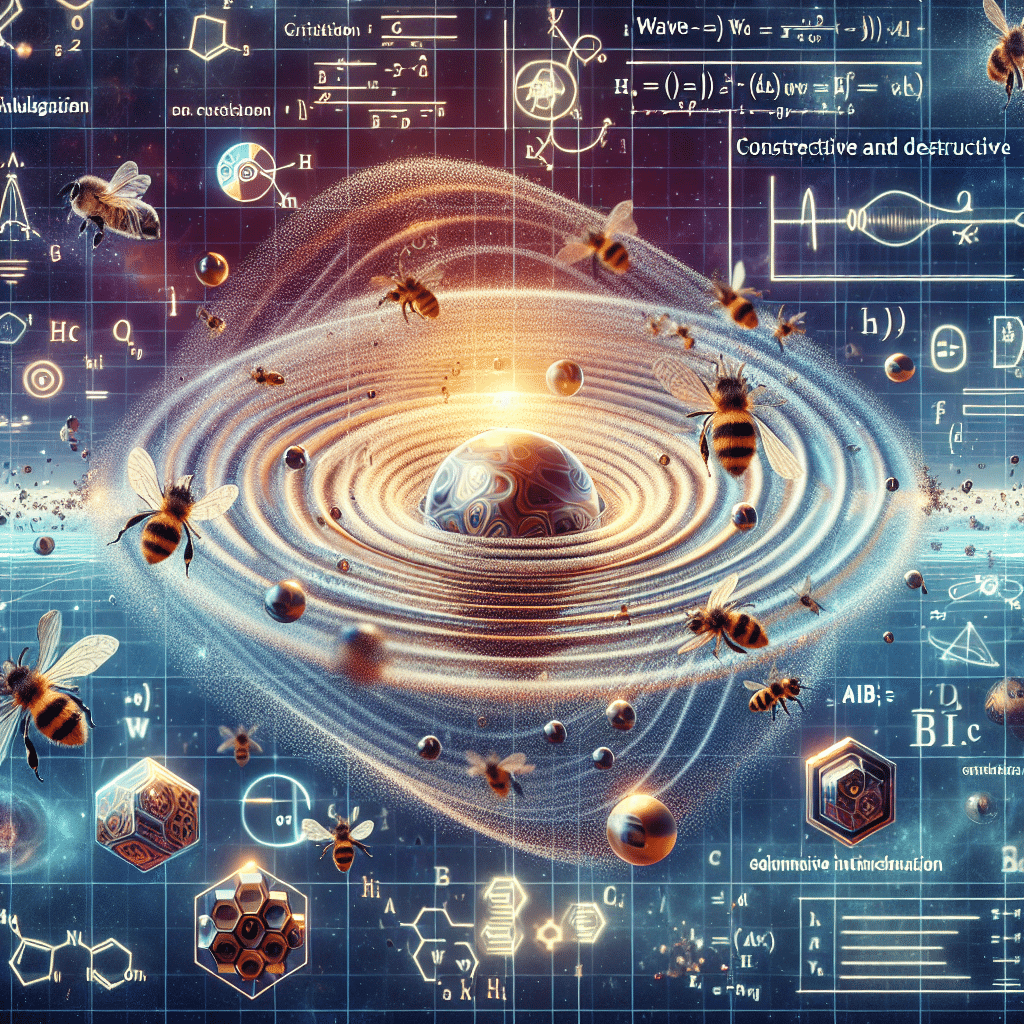Towards a Unified Theory of Forces: The Bee Theory and Wave-Based Unification
1. The Quest for a Unified Theory in Modern Physics
The unification of the four fundamental forces of nature—gravity, electromagnetism, the strong nuclear force, and the weak nuclear force—remains one of the most ambitious goals in modern theoretical physics. Today, these interactions are described by two disjointed frameworks: General Relativity, which explains gravity via the curvature of spacetime, and the Standard Model of particle physics, which handles the remaining three forces through quantum field theory and force-carrying particles.
However, these frameworks become incompatible at extreme energy densities and small scales, such as in black hole singularities or during the Planck epoch just after the Big Bang. The Bee Theory offers a novel path toward a unified field theory, based on the principle that wave dynamics, not discrete particles, underlie all physical interactions.
This approach seeks to bridge quantum gravity, wave-particle duality, and spacetime oscillations within a coherent and mathematically consistent model of the universe.

2. Waves as the Fundamental Constituents of Reality
At the core of the Bee Theory lies the concept of a universal wave-based field—a single, continuous, and dynamic medium from which all known phenomena emerge. Instead of relying on elementary particles such as photons, gluons, or Z/W bosons to mediate forces, the Bee Theory posits that interactions arise from modulations in the intensity, phase, and frequency of this quantum wave field.
This is a natural evolution of quantum field theory, where particles are treated as field excitations. The Bee Theory takes this further by identifying a unified wave field whose coherent oscillations manifest as the various forces and particles we observe.
It presents an elegant alternative to theories such as string theory or loop quantum gravity, which also aim to provide a theory of everything, but rely on more complex assumptions or extra dimensions.
3. A Wave-Based Interpretation of Gravity
In this framework, gravity is not a force in the traditional sense, nor is it mediated by hypothetical gravitons. Instead, it arises as a macroscopic modulation of the wave-based field, where massive objects generate long-wavelength oscillations in the structure of spacetime itself.
These gravitational waves, confirmed observationally by the LIGO experiment, are seen as direct manifestations of this wave-based nature of spacetime. The Bee Theory thus aligns with the tensorial curvature of General Relativity but reinterprets it through the lens of wave propagation in a dynamic field.
This model advances the pursuit of a workable framework for quantum gravity, offering a mechanism by which gravity can emerge from the same principles that govern quantum phenomena.
4. Electromagnetic and Nuclear Forces Reimagined
The electromagnetic, strong, and weak nuclear forces are also redefined as localized expressions of wave dynamics within the unified field.
- Electromagnetism is explained as a phase and frequency oscillation within the field, originating from the presence of electric charges. These oscillations form transverse wave packets, interpreted as photons.
- The strong nuclear force, responsible for the binding of quarks, is characterized by extremely high-frequency modulations that give rise to the effective confinement observed in Quantum Chromodynamics (QCD).
- The weak force emerges from wave phase shifts, which allow transformations like flavor change and beta decay. These processes, difficult to interpret purely through particle exchange, gain clarity within a continuous, wave-based framework.
This reinterpretation avoids some of the conceptual difficulties in the Standard Model and offers a more intuitive and interconnected understanding of force unification.

5. From Particles to Fields: The Paradigm Shift in Fundamental Physics
A cornerstone of the Bee Theory is the shift from a particle-centric ontology to a field-centric, wave-based view. In this model, particles are understood as stable, localized solutions to nonlinear wave equations—solitons—which propagate within the unified wave field.
This perspective aligns with known results in quantum field theory, yet introduces a deeper level of structural coherence. Key phenomena gain novel interpretations:
- Wave-particle duality is not a paradox but a natural feature of localized wave behavior.
- Dark matter may consist of non-radiative standing waves that do not interact electromagnetically but contribute to gravitational effects.
- Dark energy could correspond to low-frequency background oscillations that alter cosmic-scale curvature, producing accelerated expansion.
This approach not only maintains consistency with current observations but expands their interpretability under a wave-based unification model.
4. Electromagnetic and Nuclear Forces Reimagined
The electromagnetic, strong, and weak nuclear forces are also redefined as localized expressions of wave dynamics within the unified field.
- Electromagnetism is explained as a phase and frequency oscillation within the field, originating from the presence of electric charges. These oscillations form transverse wave packets, interpreted as photons.
- The strong nuclear force, responsible for the binding of quarks, is characterized by extremely high-frequency modulations that give rise to the effective confinement observed in Quantum Chromodynamics (QCD).
- The weak force emerges from wave phase shifts, which allow transformations like flavor change and beta decay. These processes, difficult to interpret purely through particle exchange, gain clarity within a continuous, wave-based framework.
This reinterpretation avoids some of the conceptual difficulties in the Standard Model and offers a more intuitive and interconnected understanding of force unification.
5. From Particles to Fields: The Paradigm Shift in Fundamental Physics
A cornerstone of the Bee Theory is the shift from a particle-centric ontology to a field-centric, wave-based view. In this model, particles are understood as stable, localized solutions to nonlinear wave equations—solitons—which propagate within the unified wave field.
This perspective aligns with known results in quantum field theory, yet introduces a deeper level of structural coherence. Key phenomena gain novel interpretations:
- Wave-particle duality is not a paradox but a natural feature of localized wave behavior.
- Dark matter may consist of non-radiative standing waves that do not interact electromagnetically but contribute to gravitational effects.
- Dark energy could correspond to low-frequency background oscillations that alter cosmic-scale curvature, producing accelerated expansion.
This approach not only maintains consistency with current observations but expands their interpretability under a wave-based unification model.

6. Toward a Theory of Everything: The Unified Vision of Bee Theory
The Bee Theory aspires to be a true Theory of Everything (TOE)—a model that unifies the four fundamental interactions and explains all known physical phenomena through a single dynamic field governed by wave mechanics.
By synthesizing insights from relativity, quantum mechanics, and cosmology, it offers solutions to foundational questions:
- Can gravity and quantum theory be unified without inconsistencies?
- What is the fundamental structure of spacetime?
- How do particles, forces, and even time itself emerge from a modulated field?
Unlike approaches based on extra dimensions or supersymmetry, the Bee Theory remains rooted in observable, continuous dynamics, making it a promising candidate for future theoretical development.
A New Frontier in Wave-Based Fundamental Physics
The Bee Theory challenges the prevailing orthodoxy by proposing a modulated field theory that naturally unifies the forces and particles within a quantum-compatible, continuous field framework. It opens doors to future explorations in:
- High-energy particle physics beyond the Standard Model
- Cosmological modeling with dark matter and dark energy as emergent wave phenomena
- Non-perturbative quantum gravity through dynamic wave structures
With its emphasis on coherent field behavior, dynamic modulation, and the emergent nature of particles, the Bee Theory represents a compelling shift toward a truly unified understanding of the physical universe.

